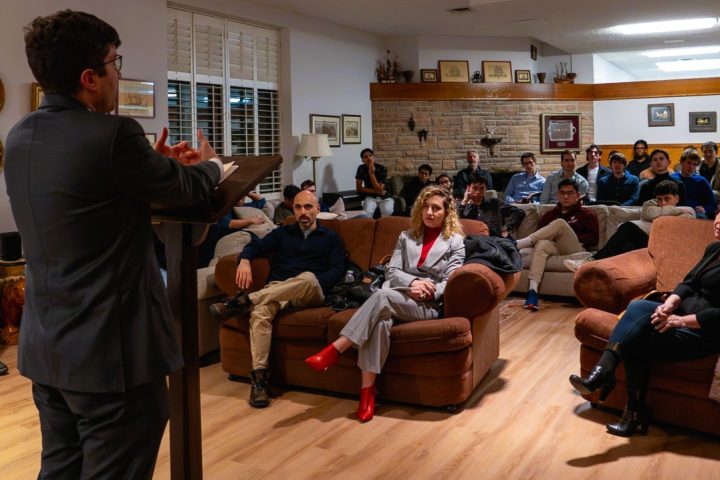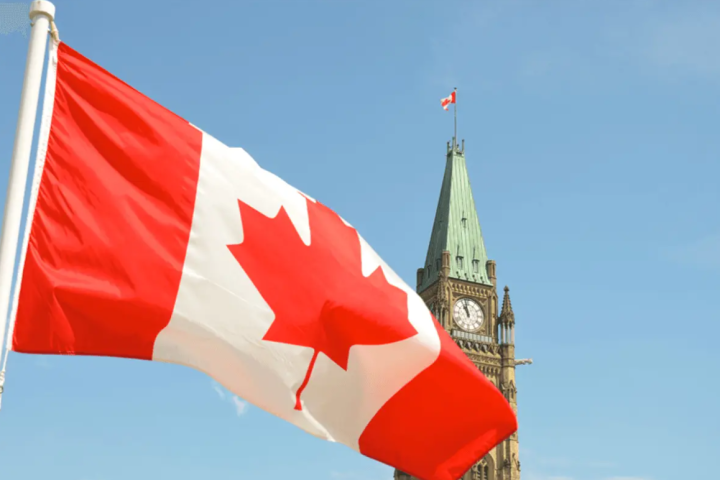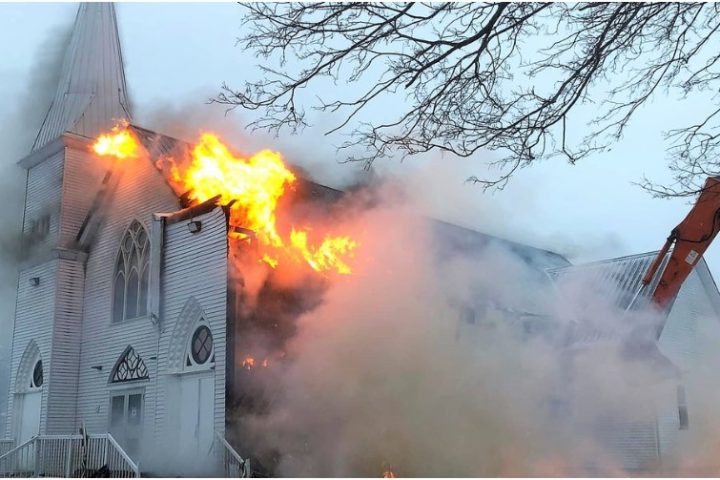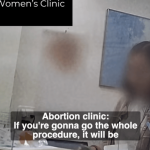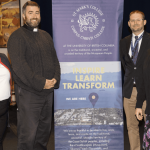Almost three years ago, reports of underground anomalies near a former Kamloops residential school caused a firestorm of media mistruths about mass graves, which became a focus of Pope Francis’ visit to Canada in 2022. Now, the Church and the Kamloops First Nation are about to acknowledge historical and recent painful experiences and continue “walking together” by holding an Easter Sunday reconciliation service.
The Diocese of Kamloops, the Archdiocese of Vancouver, and the Kamloops Tk’emlúps te Secwépemc First Nation will hold a March 31 service in Kamloops to address their shared history and to place the events of the past three years in a mutually agreed-upon context.
The two dioceses and the Tk’emlúps te Secwépemc First Nation have been in talks for months, and the relationship bore fruit when Tk’emlúps te Secwépemc First Nation Chief Rosanne Casimir and council members met recently with Vancouver Archbishop J. Michael Miller for in-person dialogue and a meal together.
Archbishop Miller said that during their discussions, Church and First Nations individuals realized they didn’t yet have a common historical understanding that was both accurate and that allowed all parties to continue learning and listening to each other. “We both made false assumptions about each other, and we have been working to overcome those,” he said.
The dioceses acknowledged that the Church’s cooperation with government policy during the residential school period had often led to the enormous suffering of the Tk’emlúps te Secwépemc First Nation and other Indigenous communities across Canada.

The parties also discovered they had mutual respect for Oblate missionary priests like Father Jean-Marie-Raphael Le Jeune, who supported B.C. First Nations in the 19th century.
Archbishop Miller said, “We see in those early missionary priests a faithful implementation of Catholic teaching, which supported the rights and freedoms of Indigenous people.”
There is no question, he said, that the Church’s role in the residential school system “did great damage to the First Nations’ ability to pass on their language, customs, and traditions. At the same time, we have an opportunity to build on the respect that, to this day, First Nations have for Father Le Jeune.”
The Oblate priest went to Rome in 1904 with Chief Johnny Chillihetza of the Douglas Lake Indian Band and Chief Louis Clexlixqen of the Kamloops Indian Band to petition for Pope Pius X’s support for their jurisdiction and title over Indigenous lands.
“That historical relationship between the First Nations and Father Le Jeune will be acknowledged at the Easter Sunday event,” said the Archbishop.
“Easter’s emphasis on hope and resurrection is an ideal way to start a new chapter in First Nation and Catholic relations in British Columbia,” he said. “It will allow us to confirm the progress we have been making in our ongoing healing and reconciliation efforts by acknowledging a shared path forward.”
The day’s ceremonies will include Kamloops Bishop Joseph Nguyen celebrating Mass at St. Joseph’s Church on the Tk’emlúps te Secwépemc reserve.
A “Sacred Covenant” signing ceremony will be attended by Chief Rosanne Casimir, former Kamloops Chief Manny Jules, former Assembly of First Nations Chief Phil Fontaine, as well as Archbishop Miller and Bishop Nguyen.
James Borkowski, the Archbishop’s delegate for reconciliation efforts in the Archdiocese of Vancouver, said it was important for the Church and the First Nation to formalize their relationship and their work together through such an agreement.
“Since the news broke in 2021, we have worked and prayed for opportunities to develop a relationship with the Tk’emlúps te Secwépemc Chief and elders,” Borkowski said.
“We have met with former chiefs and council members numerous times and I have really grown in respect and admiration for them. We have learned so much about our shared history and about their actual experiences at the former residential school.”
An early draft of the covenant developed by Manny Jules and Phil Fontaine has been supplemented by other elders and historians, Catholic and non-Catholic alike, he said. “What kept us progressing was a commitment to truth, wherever it takes us, and a desire to avoid divisiveness in this work.”

In a pastoral letter last year, the Canadian Conference of Catholic Bishops said listening and dialogue are central to building upon the relationships that developed during the papal visit.
“We have spoken clearly about our desire to listen and learn how to walk together with Indigenous communities in new ways,” said the bishops.
“The establishment of formal structures will ensure ongoing communication and mutual support with national organizations, and regular meetings between diocesan and eparchial bishops with local Indigenous leaders, including former students at residential schools, will promote relations of friendship and solidarity in agreed-upon projects to foster well-being.”
Borkowski said it’s important to recognize what the covenant represents. “Multiple generations were robbed of the opportunity to parent, to foster community, and to share language and customs. As Catholics, we need to acknowledge that First Nations have endured great suffering, and we must own our part in the past. This approach has allowed us to be present as elders lead their communities into a new phase of healing.”
Tangible support from the Church is also a necessary component of healing, he said, as the Archdiocese provides funding for counselling, historical study, and scientific research to resolve any uncertainties about findings at unmarked graves.
For Archbishop Miller, that material support is critical now. He recounted the example of Father Le Jeune, who not only served the First Nation sacramentally but also lobbied for their land rights and developed for them a phonetic language to assist with trade. To help them learn the language, he launched an Indigenous newspaper, The Kamloops Wawa, which published lessons in the language system he created.
Archbishop Miller sees the Easter Sunday reconciliation event as a continuation of the developing relationship that Pope Francis recognized during his penitential pilgrimage to Canada.
“When he spoke in Edmonton, the Holy Father Francis asked us to find concrete ways to ‘learn to walk together’ and ‘penetrate hearts,’” he said.
“Our hope and our prayer is that by taking this next step, we might build on our relationship and also be an example to Canadian society of accepting and respecting the identity and the experience of the Indigenous peoples, which the Pope called us to do.”


